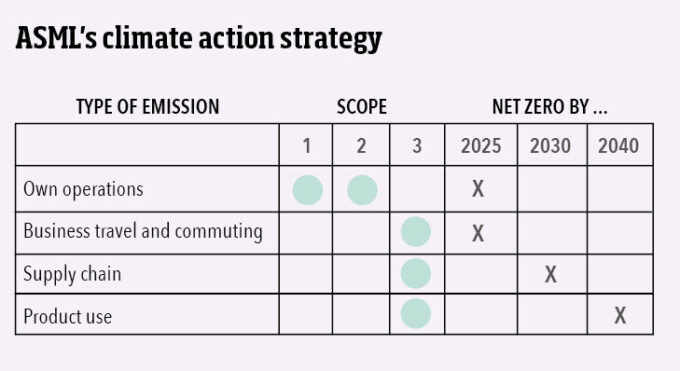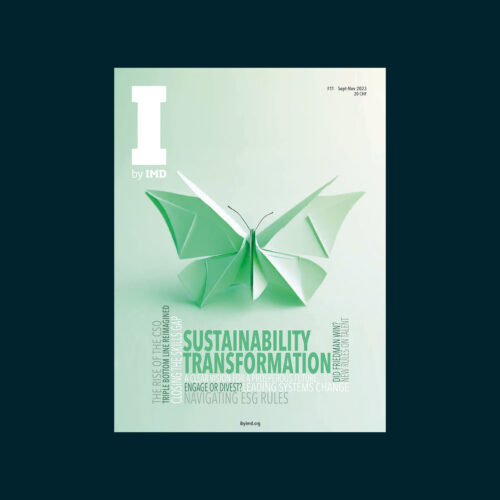TCFD alignment at the Singapore Stock Exchange
The Taskforce on Climate-related Financial Disclosures (TCFD) was founded in 2015 to develop a global standard for consistent climate-related financial risk disclosure to enable companies to report on their potential climate impact. The standard requires companies to analyze risks and opportunities through the lens of different global warming scenarios, alongside embedding good corporate climate governance practices.
Regarding governance, the TCFD standard recommends the disclosure of two elements that require commitment from senior management:
a.) A description of the board’s oversight of climate-related risks and opportunities.
b.) A description of the management’s role in assessing and managing those risks and opportunities.
Even though the number of companies signing up to the TCFD standards has quickly risen over the past five years, the actual disclosures from those companies illustrate that the category of governance is lagging compared to that of metrics and targets (see graph below). From that data, it could be concluded that some companies are still setting climate-related targets without a matching level of disclosure for governance.
Given the urgency of climate change, it may come as no surprise that regulatory bodies worldwide are seeking to strengthen the commitment and accountability of companies in their ESG reporting. The list of countries that have implemented TCFD-aligned disclosure requirements – or are working on it – includes the UK, Brazil, Switzerland, and the EU. Indeed, the new ISSB S1 General Requirements for Disclosure of Sustainability-related Financial Information and S2 Climate-related Disclosure, which are designed to represent an international benchmark, are aligned with the TCFD.
In late 2021, the Singaporean Stock Exchange (SGX) published a directive for listed companies regarding sustainability disclosures, as recommended by the TCFD. According to the SGX, all Singapore-listed companies are required to provide climate reports as a part of their sustainability reporting on a “comply or explain” basis. Under that premise, companies can comply with the regulation or explain why they have decided not to do so. This directive has resulted in industry-specific mandatory climate reporting for SGX-listed companies in the financial, energy, agriculture, food, and forest sectors starting in the 2023 financial year. The transportation, materials, and buildings industries are set to follow in 2024.
Following the increased focus of the SGX on the disclosure of climate reports, all directors of Singapore-listed companies must attend one of eight pre-selected ESG sustainability training courses. The companies involved were required to provide confirmation that their directors have attended this training in their first sustainability report for the 2022 financial year.


 Audio available
Audio available








 Audio available
Audio available